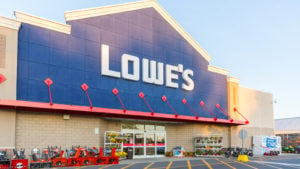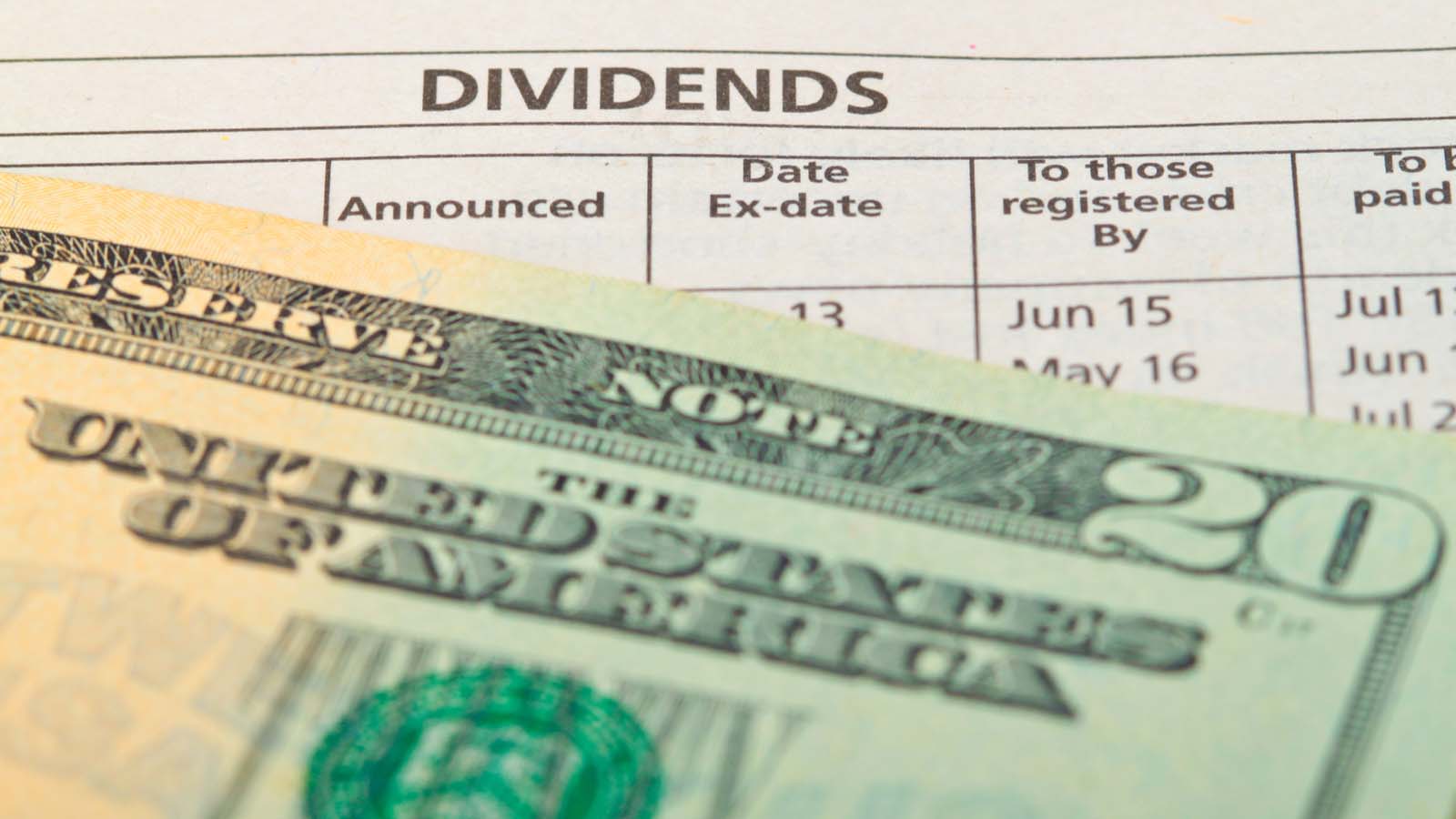Dividend investors often pay attention to stocks with the highest yields, and understandably so; the appeal of a big yield for income-focused investors is difficult to overlook. But over time, investors can often generate larger dividends by selecting quality blue chip stocks with high levels of dividend growth, rather than simply chasing the highest yield they can find today.
The idea is that the investor’s yield on cost increases greatly over time as the dividend is steadily increased. This compounding works the best when looking at stocks with very high rates of dividend growth, preferably at least 10% annually. But not many companies can afford to boost their payouts at such a high rate.
Here are 3 dividend stocks to buy for 10%-plus annual dividend growth:
These companies have reliable businesses and ample room to grow their dividends over the coming decade. Long-term income investors can rest easy holding these names for many years to come.
Top Dividend Stocks to Buy: Nike (NKE)

Nike is a designer, developer, marketer, and distributor of various types of athletic footwear, apparel, equipment, and accessories. The company designs a wide variety of equipment for sports and leisure under its Nike and Jordan brands, including workout gear. Nike also owns the Jumpman, Converse, Chuck Taylor, All Star, One Star, Star Chevron, and Jack Purcell brands.
Nike distributes its products through third-party retail locations, its own retail stores, and its digital platforms. The company, founded in 1964, employs more than 73,000 people, generates about $50 billion in annual revenue, and trades for a market capitalization of $260 billion.
Nike’s growth has been nothing short of outstanding over the years. The company’s consistent revenue growth, margin improvements, and share repurchases all worked in concert to boost earnings-per-share by nearly 11% on average from 2007 to 2019. Last year, which was heavily impacted by the pandemic, saw Nike’s growth streak come to an end, but only temporarily.
We see the company’s growth as back on track for the current fiscal year, coming in at an average of 10% annually for the foreseeable future. Nike has many levers it can pull to grow earnings, including its strong margin expansion, as well as continued revenue gains and share repurchases. Nike generates significant free cash flow because its capital expenditures are very low, affording it the ability to buy back stock to further grow EPS.
Nike’s current yield is just 0.7%, so it’s hardly an income stock. However, we see dividend growth of at least 10% for the foreseeable future given its impressive earnings growth outlook. In addition, the payout ratio is just 26% for this year, so there is ample room for it to grow.
Investors that hold Nike for 10 years could easily see the payout grow from the current $1.10 per share annually to $3 or more given Nike’s expected dividend growth rate.
Microsoft (MSFT)

Microsoft is a developer of software, services, devices, and digital solutions worldwide. It offers the ubiquitous Office brand, Exchange, SharePoint, Teams, Office 365 Security and Compliance, Skype, LinkedIn, Xbox, Bing, and various other brands. Through its suite of offerings, Microsoft has generated numerous significant revenue streams that have diversified it outside of its core Office portfolio.
Microsoft generates nearly $190 billion in annual revenue and trades with a market capitalization of $2.2 trillion, making it one of the largest companies in the world. Microsoft has proven to be one of the greatest growth stories of all-time. Indeed, expected earnings-per-share for this year are nearly three times that of actuals for 2017, a staggering level of growth for a four-year period.
While reasonable investors can’t expect that level of growth to continue, we expect 8% annual earnings-per-share growth for the coming years. The company’s Office 365 platform, delivered through a software-as-a-service model, has proven to be a strong growth engine, as well as Microsoft’s cloud initiatives such as Azure. The company continues to grow subscription revenue through these products, but also through Xbox and LinkedIn, as examples.
With low variable costs, additional revenue is very high-margin, meaning operating leverage is quite strong. Cloud software and related services continues to grow at high rates, so Microsoft is well-positioned to continue to grow in the years to come.
The company’s payout ratio is just 26% for this year, meaning that not only is the dividend ultra-safe, but it also has a long runway for potential future growth. The current yield is a scant 0.8%, but investors who hold this stock for the coming decade could see the annual payout rise from current levels of $2.24 to $6 or more, greatly increasing the yield on cost of buying today, even at all-time highs.
Lowe’s Companies (LOW)

Lowe’s is a home improvement retailer operating primarily in the U.S.. The company owns about 2,000 stores offering thousands of products for construction, maintenance, repairs, remodeling, decorating, and more. The company offers both private label and third-party brands through its stores and digital channels. Lowe’s generates over $90 billion in annual revenue.
Lowe’s has increased its dividend each year for over 50 consecutive years, earning the stock a place on the exclusive list of Dividend Kings.
Lowe’s boosted earnings-per-share by a staggering 20% in the decade ended in 2020. And the company accomplished that without the benefit of new store openings, as the company’s store count has been stagnant for some time. However, Lowe’s continues to boost comparable sales, in turn generating higher profits per store as well as higher margins through operating leverage. Over the past five years, the company has compounded earnings-per-share at a rate of 22%.
Lowe’s has used its significant cash flows to reduce its share count enormously in the past decade, which has helped drive not only earnings-per-share higher, but the dividend-per-share as well. We expect meaningful reductions in the share count moving forward, as well as higher revenue through comparable sales increases and a small measure of margin expansion to help boost earnings-per-share.
This will help the company continue to raise its dividend for many years to come, particularly since its payout ratio is under one-quarter of earnings. Lowe’s current yield is 1.7%, so it is slightly better than the S&P 500. However, with forecasts of double-digit dividend growth, investors that buy today could see their dividend per share rise to nearly $9 over the next decade from the current payout of $3.20.
On the date of publication, Bob Ciura did not have (either directly or indirectly) positions in any of the securities mentioned in this article. The opinions expressed in this article are those of the writer, subject to the InvestorPlace.com Publishing Guidelines.
Bob Ciura has worked at Sure Dividend since 2016. He oversees all content for Sure Dividend and its partner sites. Prior to joining Sure Dividend, Bob was an independent equity analyst. His articles have been published on major financial websites such as The Motley Fool, Seeking Alpha, Business Insider and more. Bob received a bachelor’s degree in Finance from DePaul University and an MBA with a concentration in investments from the University of Notre Dame.
